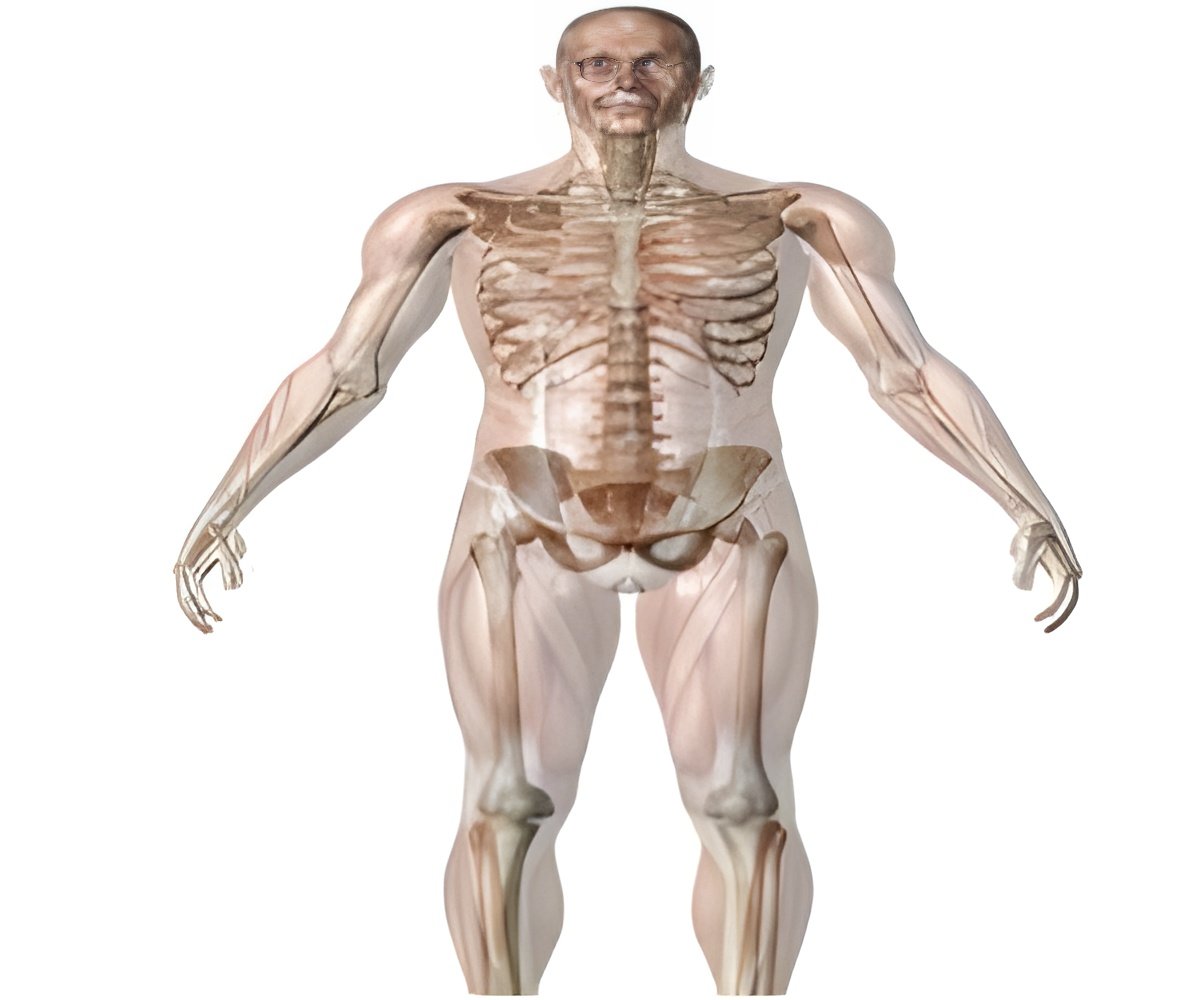
"Our compounds attack the root cause of the disease and they improve defects in animal models," said Scripps Research Associate Professor Matthew Disney, PhD.
"This represents a significant advance in rational design of compounds targeting RNA. The work not only opens up potential therapies for this type of muscular dystrophy, but also paves the way for RNA-targeted therapeutics in general," Disney noted.
Myotonic dystrophy type 1 involves a type of RNA defect known as a "triplet repeat," a series of three nucleotides repeated more times than normal in an individual's genetic code.
In this case, the repetition of the cytosine-uracil-guanine (CUG) in RNA sequence leads to disease by binding to a particular protein, MBNL1, rendering it inactive. This results in a number of protein splicing abnormalities. Symptoms of this variable disease can include wasting of the muscles and other muscle problems, cataracts, heart defects, and hormone changes.
To find compounds that acted against the problematic RNA in the disease, Disney and his colleagues used information contained in an RNA motif-small molecule database that the group has been developing.
Advertisement
"There are limitless RNA targets involved in disease; the question is how to find small molecules that bind to them. We've answered that question by rationally designing these compounds that target this RNA. There's no reason that other bioactive small molecules targeting other RNAs couldn't be developed using a similar approach," Disney said.
Advertisement
Source-ANI








